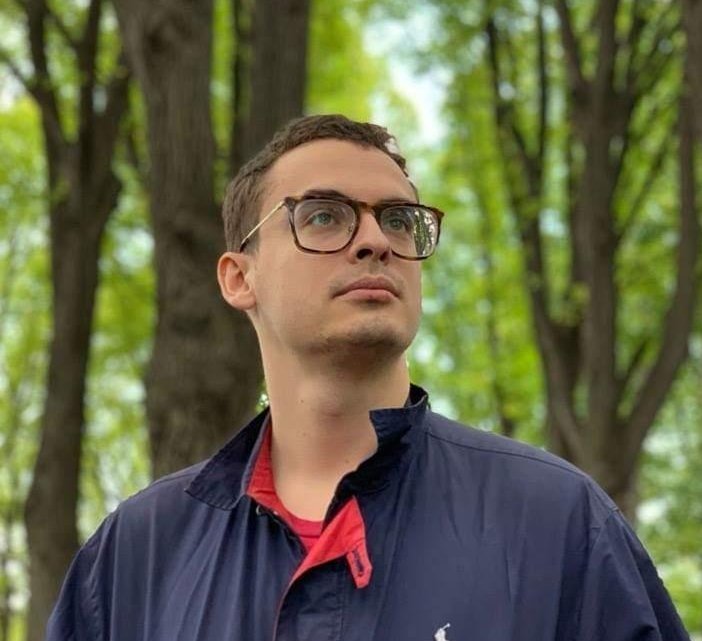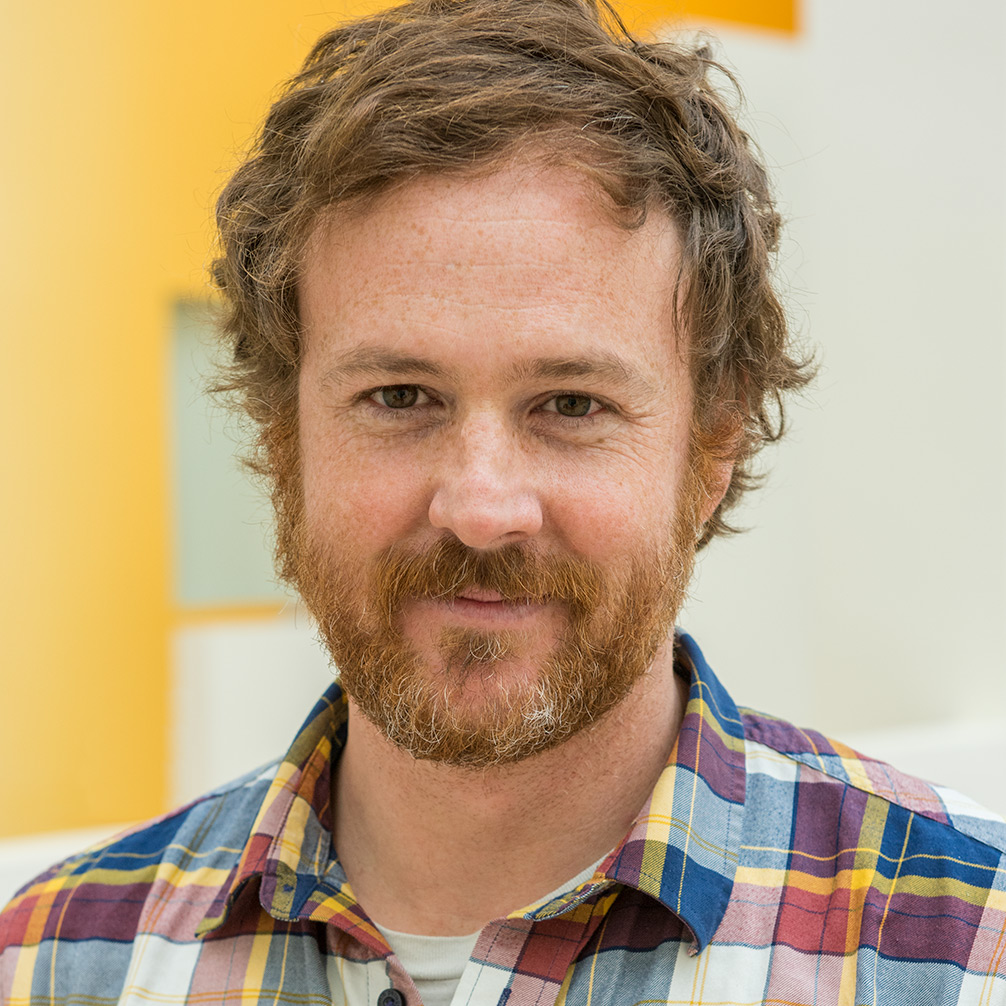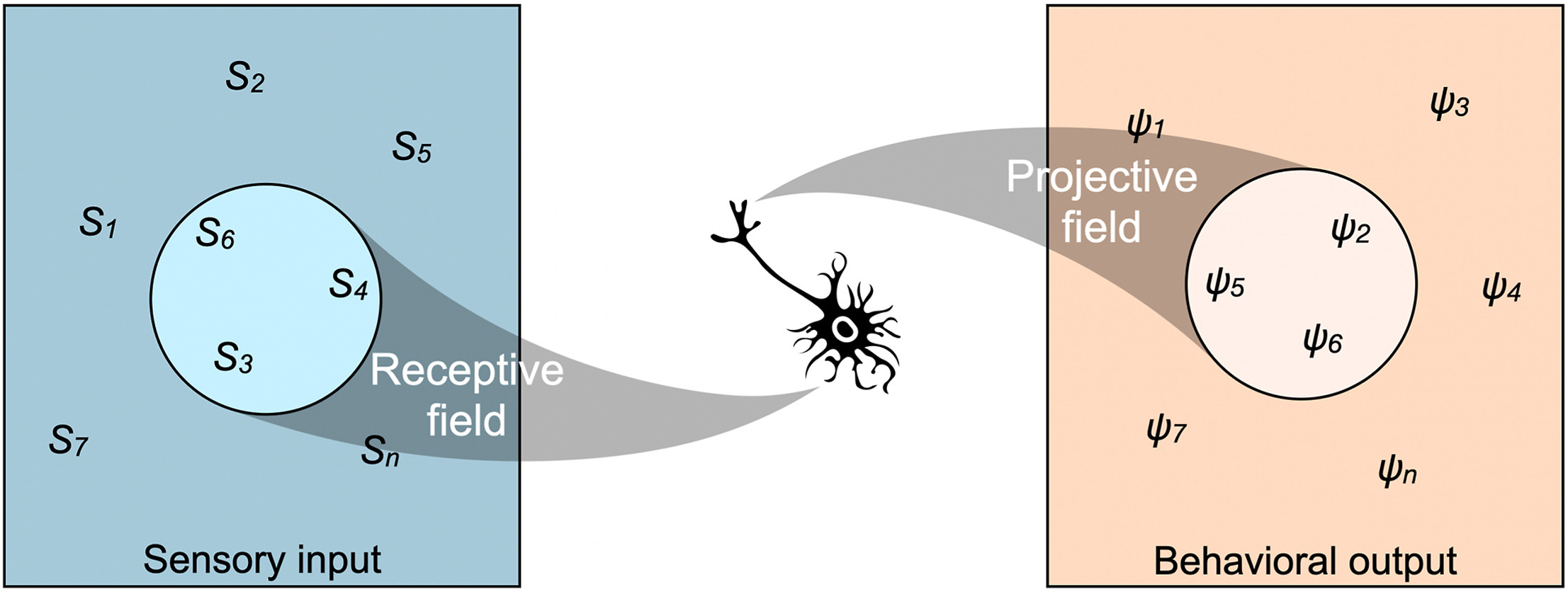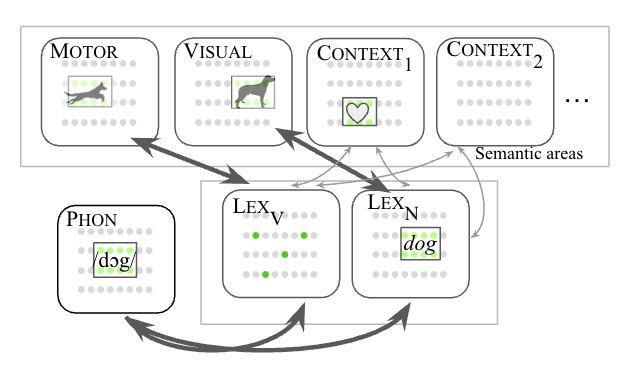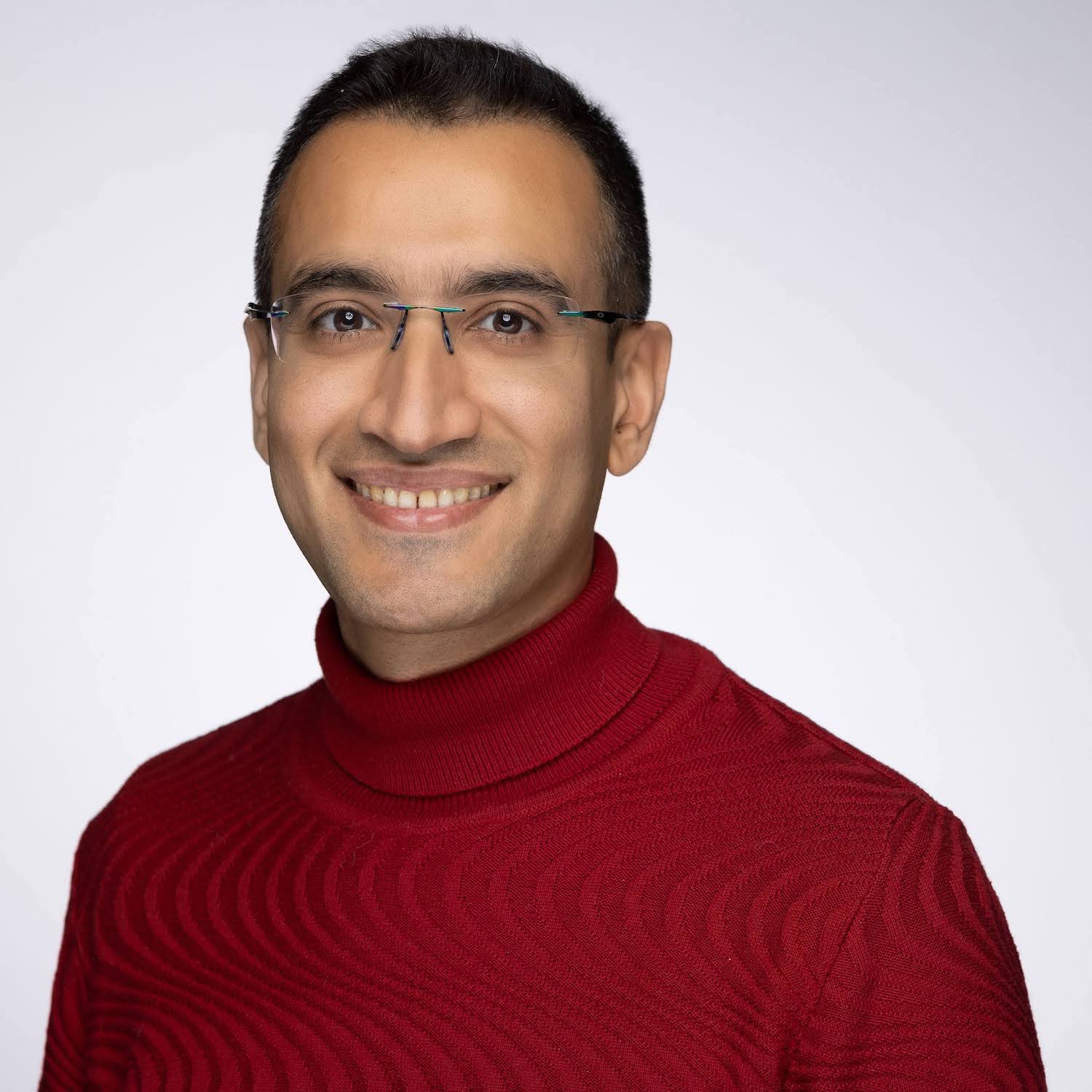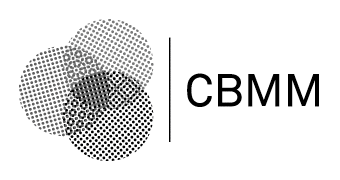Sep 26, 2023 - 4:00 pm Venue:
McGovern Reading Room (46-5165) Speaker/s:
Moderator: Ila Fiete; Panelists: Akshay Rangamani, Tomer Galanti, Sugandha Sharma and Sarthak Chandra
Abstract:
This discussion will feature panelists from the Poggio and Fiete labs describing ongoing work on deep classifiers and hippocampal-inspired networks, respectively. Following brief presentations by each panelist, Ila Fiete will steer a discussion to explore strengths, limitations and neural plausibility of each approach.
Sugandha Sharma and Sarthak Chandra (Fiete lab).
Hippocampal circuits in the brain enable two distinct cognitive functions: construction of spatial maps for navigation and storage of sequential episodic memories. This dual role of the hippocampus remains an enduring enigma. While there have been advances in modeling the spatial representation properties of the hippocampus, we lack good models of its role in episodic memory. Here we present a neocortical-entorhinal-hippocampal network model that exhibits high-capacity general episodic memory and spatial memory without the memory cliff of existing neural memory models. Instead, the circuit exhibits a graceful tradeoff between number of stored items and detail, achieved by factorizing content storage from the dynamics of generating error-correcting stable states. The exponentially large space avoids catastrophic forgetting. Next, we show that pre-structured representations are an essential feature for constructing episodic memory: unlike existing episodic memory models, they enable high-capacity memorization of sequences by abstracting the chaining problem into one of learning transitions within a rigid low-dimensional grid cell scaffold. Finally, we show that previously learned spatial sequences in the form of location-landmark associations can themselves be re-usably leveraged as robust scaffolds and associated with neocortical inputs for a high-fidelity one-shot memory, providing the first circuit model of the ``memory palaces'' used in the striking feats of memory athletes.
Akshay Rangamani and Tomer Galanti (Poggio lab).
We conduct an empirical study of the feature learning process in deep classifiers. Recent research has identified a training phenomenon called Neural Collapse (NC), in which the top- layer feature embeddings of samples from the same class tend to concentrate around their means, and the top layer’s weights align with those features. Our study aims to investigate if these properties extend to intermediate layers. We empirically study the evolution of the covariance and mean of representations across different layers and show that as we move deeper into a trained neural network, the within-class covariance decreases relative to the between-class covariance. Additionally, we find that in the top layers, where the between-class covariance is dominant, the subspace spanned by the class means aligns with the subspace spanned by the most significant singular vector components of the weight matrix in the corresponding layer. Finally, we discuss the relationship between NC and Associative Memories.
Organizer:
Hector Penagos Organizer Email:
cbmm-contact@mit.edu

